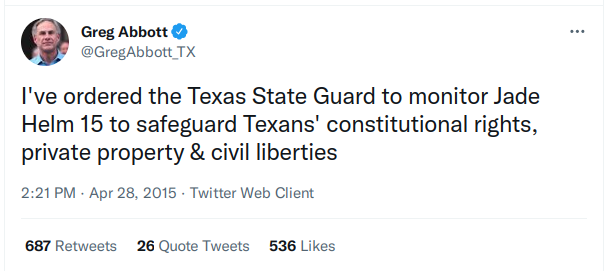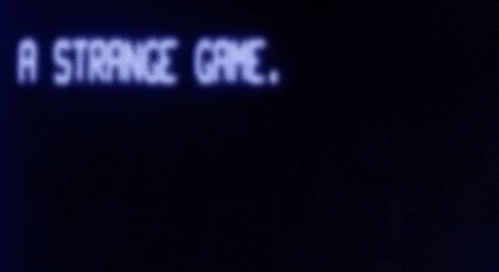tl;dr
Disproving every lie that is embedded in misinformation is time consuming and exhausting, and prevents us from talking about the things that matter to us. Rather than disprove every element of misinformation, note the general inaccuracy of the misinformation, and move on.
The Details
When it comes to addressing misinformation, I point people to the Four Moves, also known as the SIFT method. SIFT is great because it’s concrete, fast, and efficient.
However, lies often come bundled and interwoven, like yarn balls mixed together by angry cats. While it’s possible to detangle the individual lies, it’s also time consuming and exhausting.
And this gets to one key question that often gets overlooked while fighting misinformation and delivering trainings to people about misinformation (and to be clear, this is not a shortcoming of SIFT, at all): correcting misinformation is an ongoing — and likely a neverending — process.
Refuting every detail means elevating every detail, which gives the details more airplay.
Fact-checking — even using SIFT — takes more time than lying.
If you fact check every lie, you probably won’t have time for much of anything else. This is especially true when the current lies build on past lies, and doing a thorough job of debunking the current lie requires a debunking of the context that supports the lie.
It’s laborious, it’s tiresome, and — from a practical perspective — it can derail you from having the conversations you want and need to have. The time pressure is true both in personal and professional contexts. Understanding misinformation in this way can help us see that misinformation is more than just lies and conspiracies. Misinformation is a distributed denial of service attack on rational thought.
This unfortunate reality plays out in the ongoing mess that is most commonly called “anti-Critical Race Theory” disruptions targeting school boards. The reality of this mess is that the conspiracies pushed by people are a mash of anti-vax meets anti-mask meets anti-LGBTQIA rights meets parental rights meets anti-“CRT” meets their perverted version of student privacy — and that many of these conspiracies are rooted in longstanding conspiracy theories about government takeovers (because remember — to many conspiracists, “public schools” are “government schools”), globalists (and the frequent companion lie of “UN Camps“), and other lies that have been festering for years, or decades. QAnon tapped into these theories, often with help from elected officials.

So, when confronting pernicious misinformation rooted and tangled in conspiracy narratives, how do we debunk the lies, maintain our sanity, and protect our energy, knowing that we will likely need to address more misinformation in the very near future?
Debunk and Disengage
Time and energy are valuable resources. Be intentional when you spend them. When we dedicate time to debunking misinformation, we are not dedicating time to other things. In particular, when misinformation impacts a topic we care about, addressing all the lies is tempting. Avoid the temptation.
When we look at fighting misinformation as something that we need to do on a regular basis over time, we can shift our focus in ways that preserve our time and energy. Eliminating misinformation will never happen — conspiracies existed before the internet, and the connectivity and amplification provided by the internet ensures that misinformation will be with us for the foreseeable future. YouTube alone hosts a reservoir of conspiracy theories going back years.
Given that misinformation is probably going to be here for a while, one goal of mitigating misinformation can be to blunt its impact, rather than disprove it outright. This means we don’t look at misinformation through a True/False binary — this lens helps people spreading misinformation more than it does those of us who prefer reality because the act of debunking misinformation can elevate the lie and prevent us from talking about other things (ie, misinformation as DDOS). In some cases, we can be effective with a quick debunking, followed by disengagement. This can minimize the impact on our time and energy, and the effectiveness of the lies embedded in the misinformation.
When addressing misinformation, debunk and disengage. Save your time. Save your energy.
